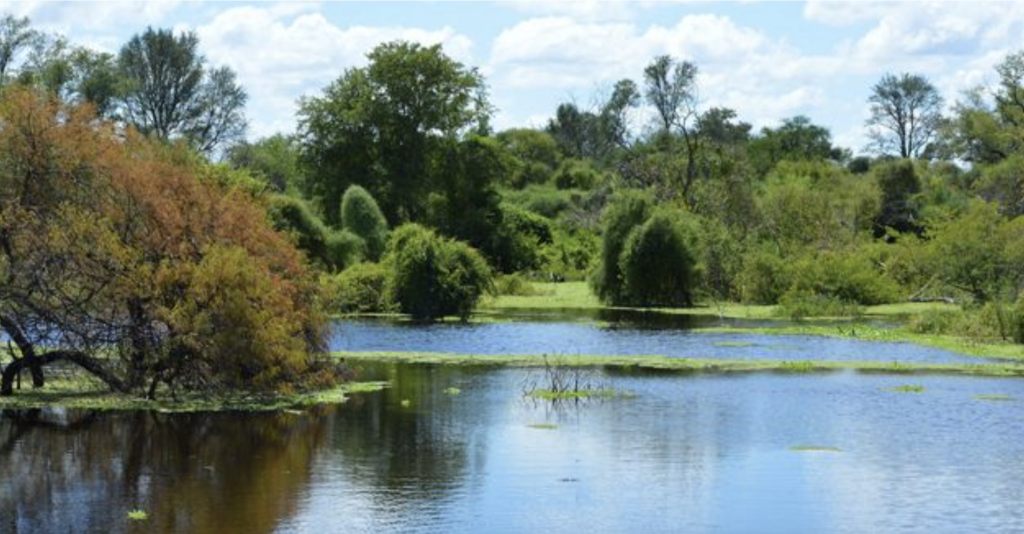Médanos del Chaco Overview
Médanos del Chaco National Park, known locally as Parque Nacional Médanos del Chaco, is a protected area in Paraguay that spans approximately 642 square miles (1,664 square kilometers).
Located in the western region of the country, in the Alto Paraguay department, the park lies within the Gran Chaco, a vast and arid lowland region characterized by its extreme climate and unique ecosystems.
The park is known for its expansive sand dunes, from which it gets its name, as well as dry forests and scrubland that support a surprising diversity of flora and fauna adapted to the harsh conditions.
The landscape of Médanos del Chaco National Park is defined by its undulating sand dunes, some of which can reach significant heights, shaped by the strong winds that sweep across the region. These dunes create a shifting environment that contrasts with the semi-arid thorn forests and grasslands that dominate much of the terrain.
The park’s vegetation is largely composed of drought-resistant species, including various types of cacti, spiny shrubs, and scattered quebracho trees, which are well adapted to the dry conditions. Seasonal waterholes and ephemeral streams provide essential hydration for wildlife during the wetter months.
Despite the extreme climate, the park is home to a remarkable variety of wildlife, including some of the most elusive and iconic species of the Gran Chaco. Among the mammals found in the area are the jaguar, puma, ocelot, and the endangered Chacoan peccary, a rare pig-like species that was once thought to be extinct. Other notable species include the giant anteater, tapir, and armadillos that burrow into the sandy terrain.
The birdlife in the park is equally impressive, with species such as the crowned solitary eagle, the black-legged seriema, and various parrots and tinamous thriving in this rugged environment. The Médanos del Chaco region is also an important habitat for nocturnal species, including owls and nightjars.
One of the most striking features of the park is its vast, unspoiled wilderness, making it an ideal destination for adventurous travelers looking to experience Paraguay’s most remote landscapes. Hiking and wildlife observation are the primary activities for visitors, though due to the park’s isolation and harsh environment, it requires preparation and a sense of adventure.
The shifting sand dunes provide a unique setting for exploration, and the solitude of the park makes it an exceptional place for those interested in nature photography and birdwatching. Unlike more developed national parks, Médanos del Chaco remains largely untouched, offering a raw and immersive experience.
Conservation efforts in the park focus on protecting its fragile ecosystems from illegal hunting and deforestation. As part of Paraguay’s national park system, Médanos del Chaco plays a crucial role in preserving the biodiversity of the Gran Chaco region, one of the most threatened dry forest ecosystems in the world.
However, challenges remain, including encroachment from agricultural expansion and climate change, which affects water availability. Despite these challenges, the park stands as a critical refuge for endangered species and serves as a testament to the importance of conservation efforts in Paraguay’s wilderness areas.











































































